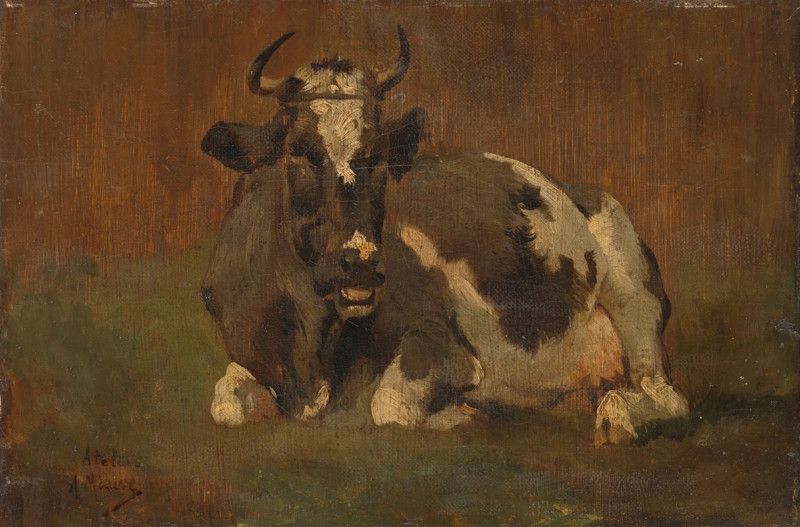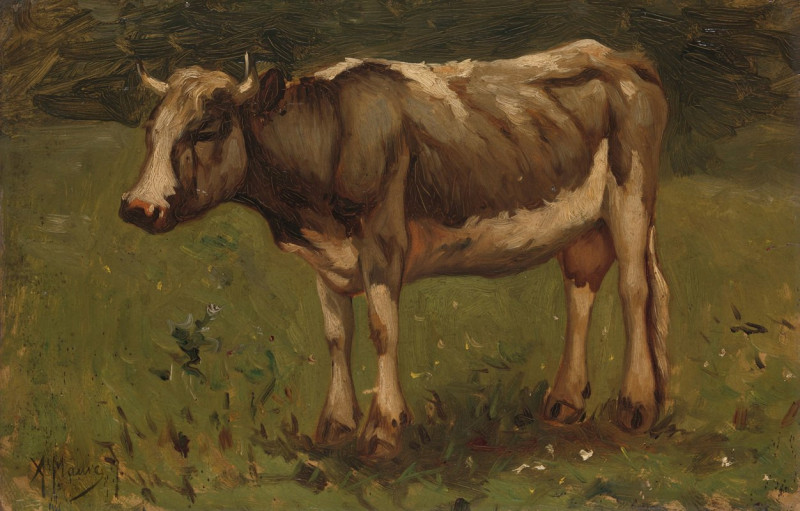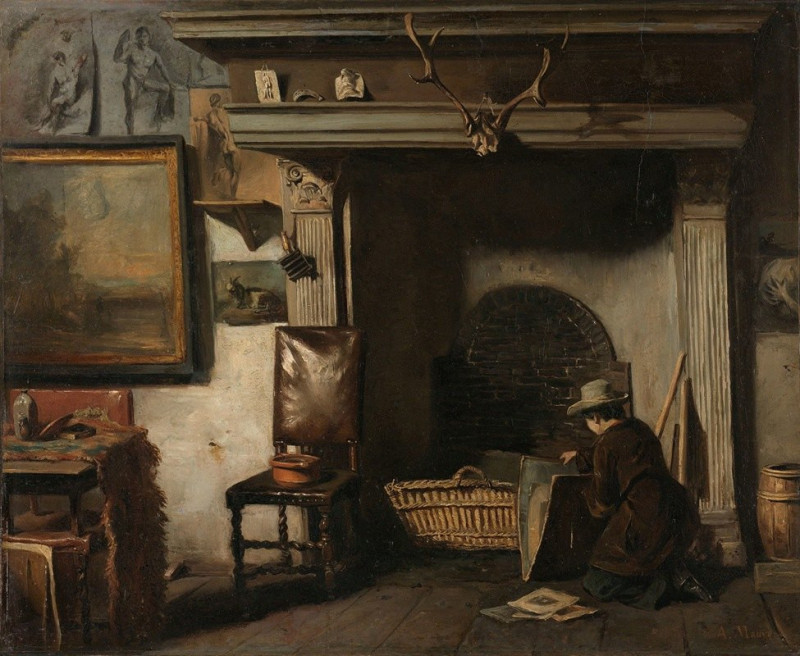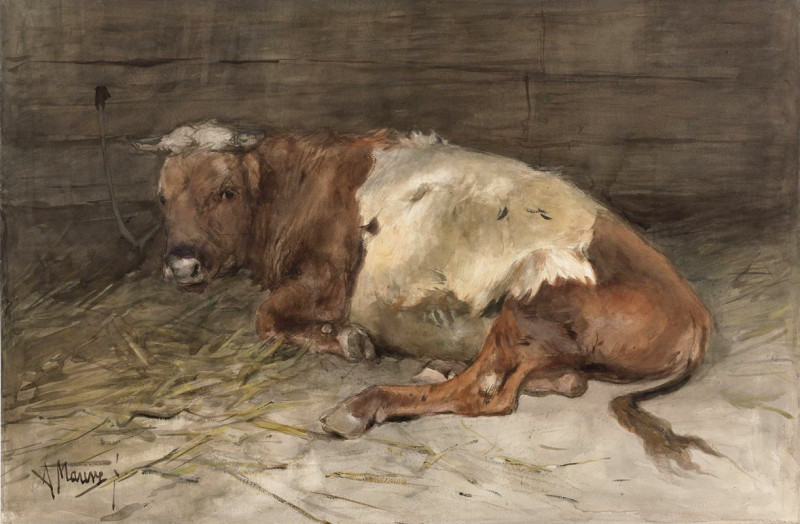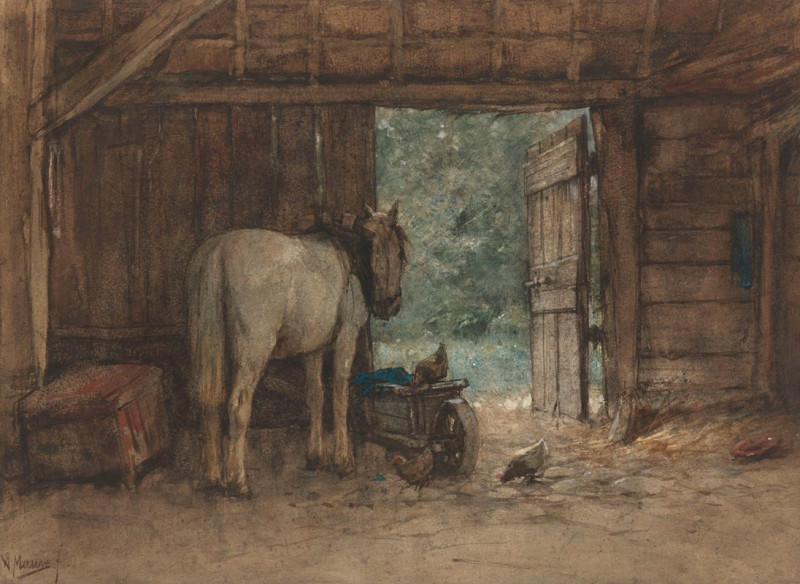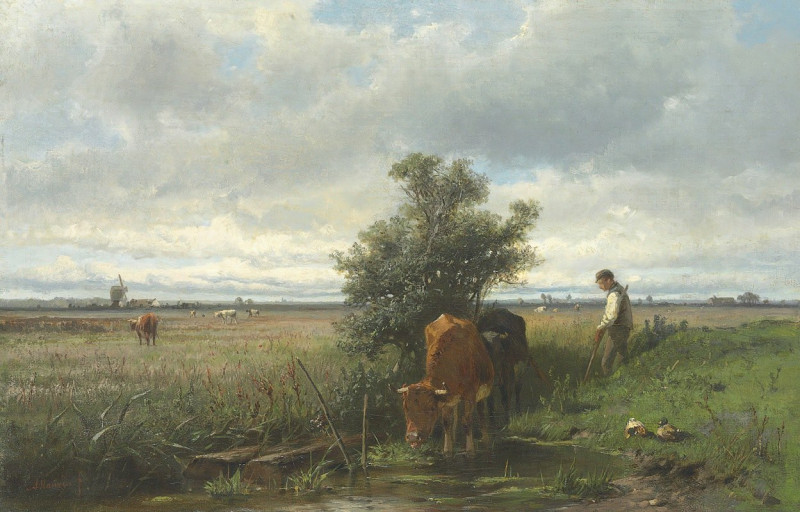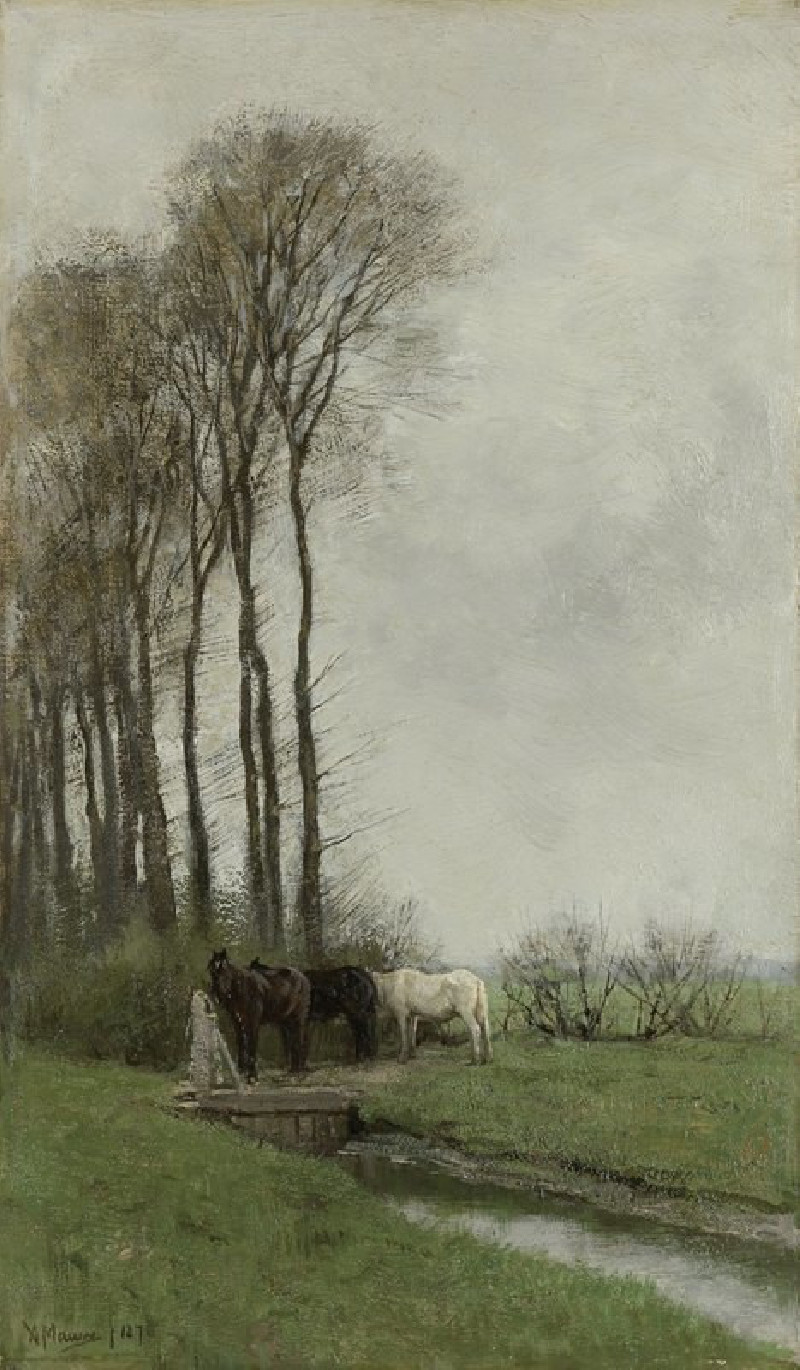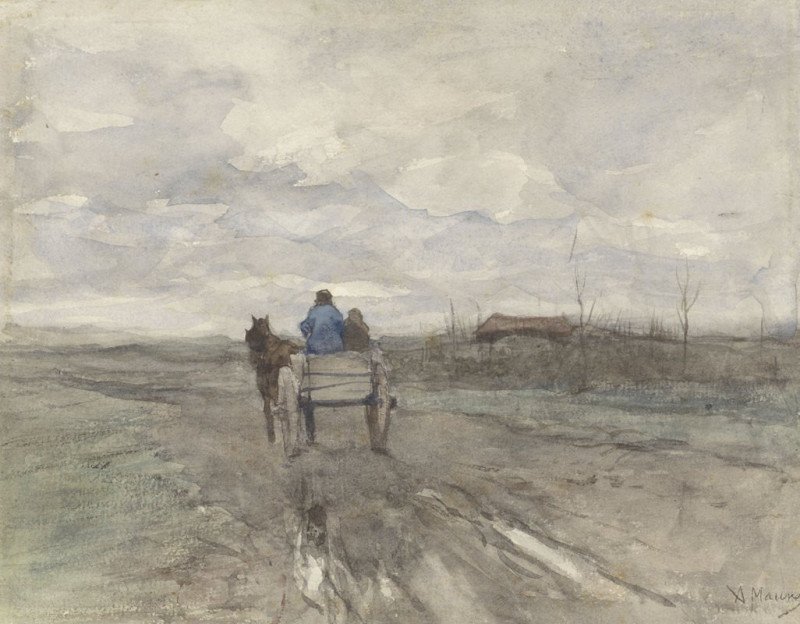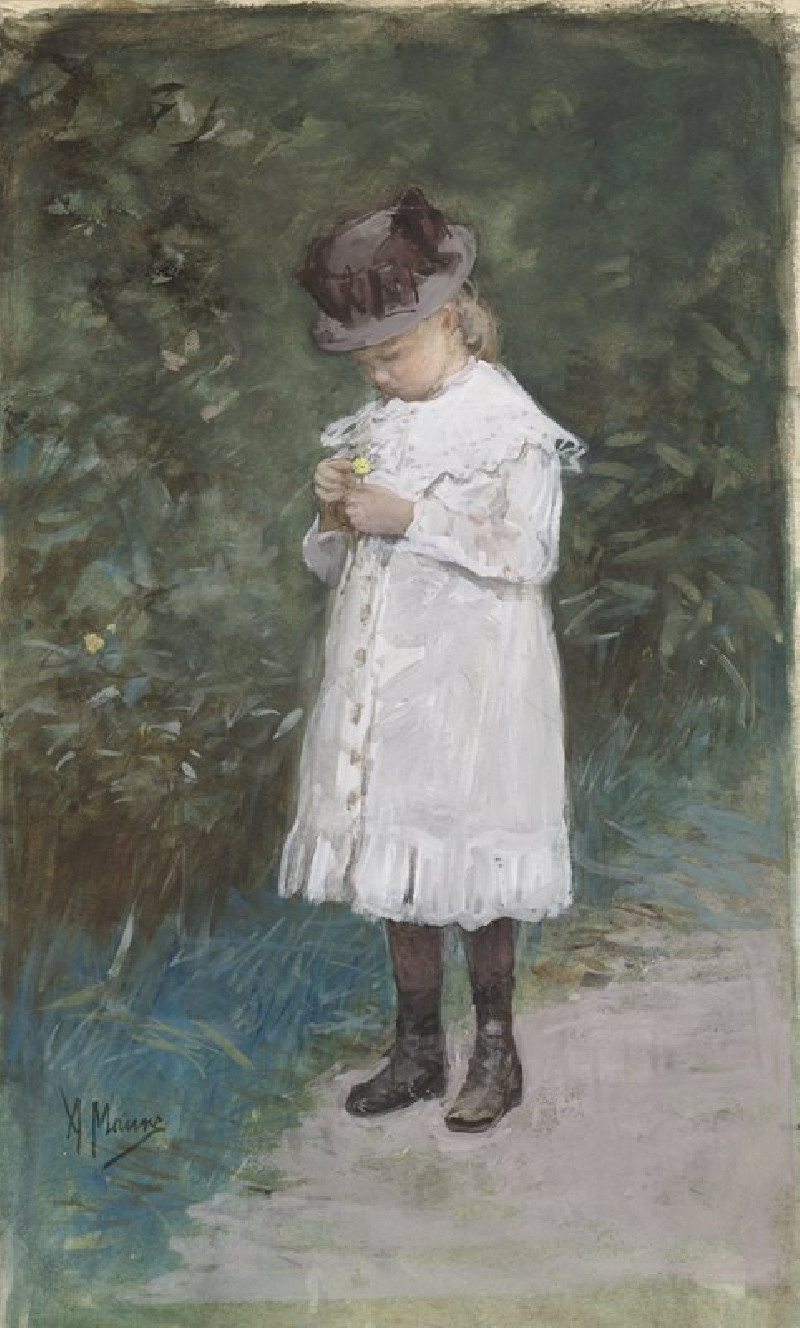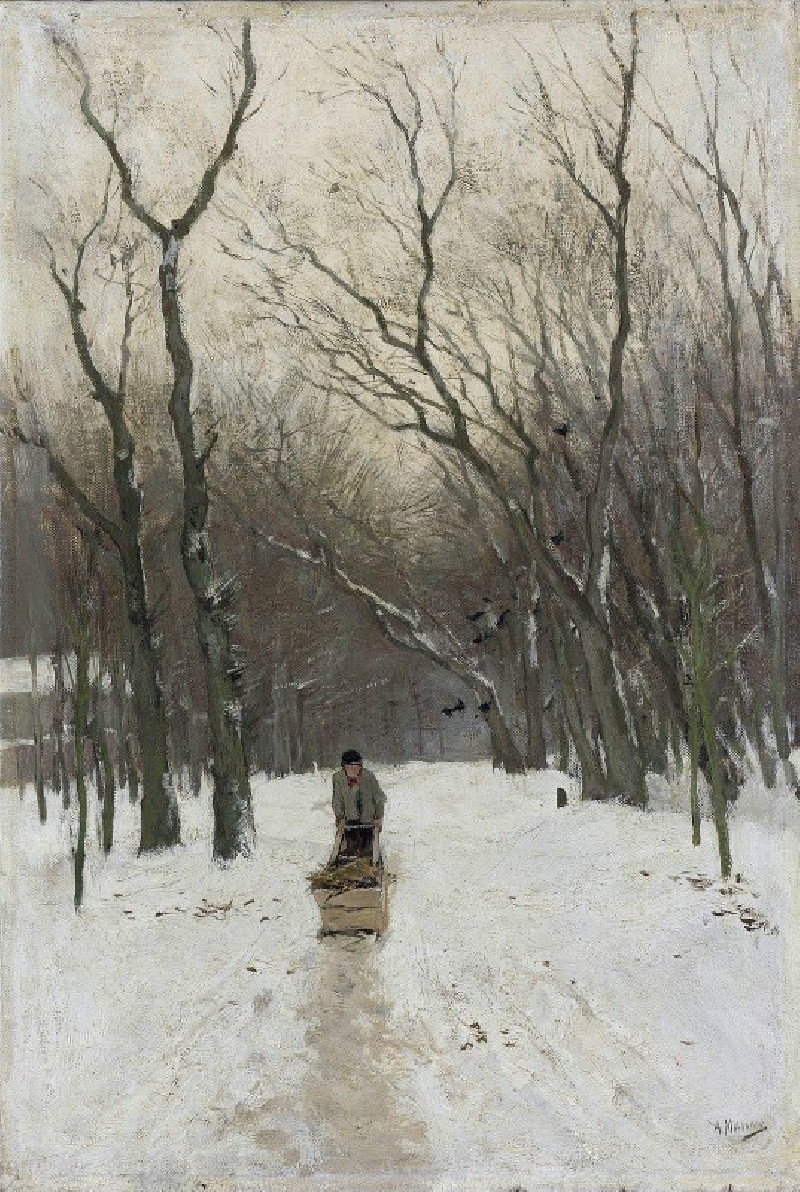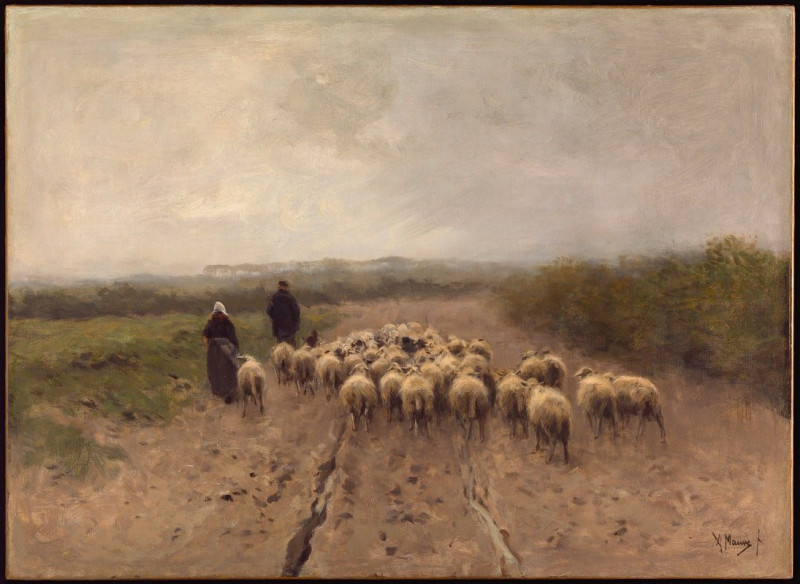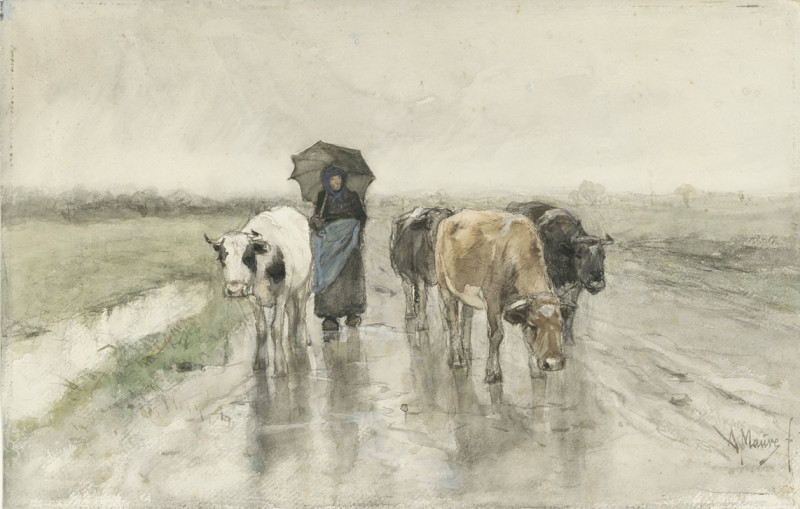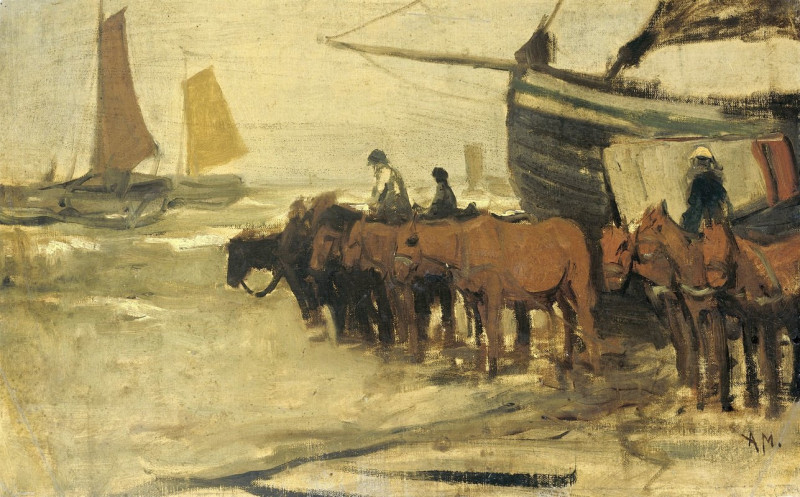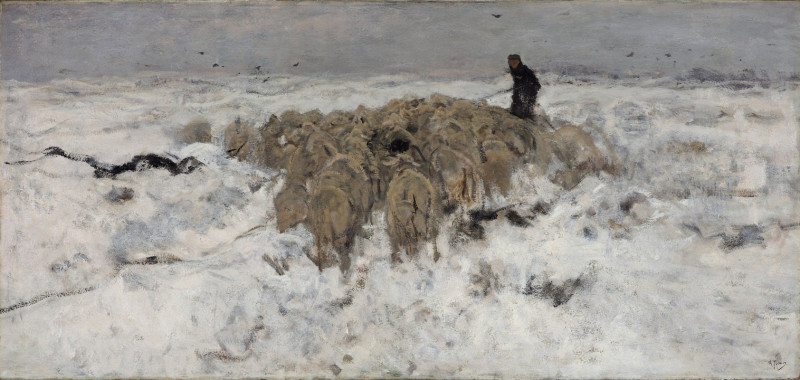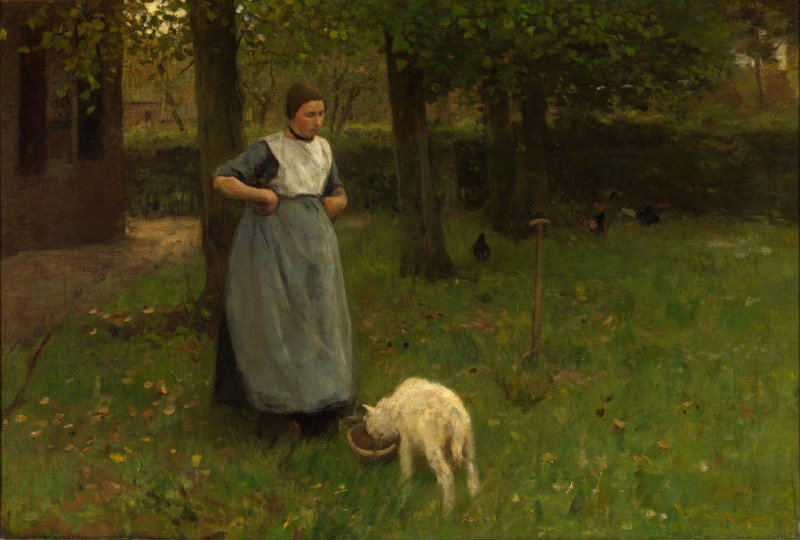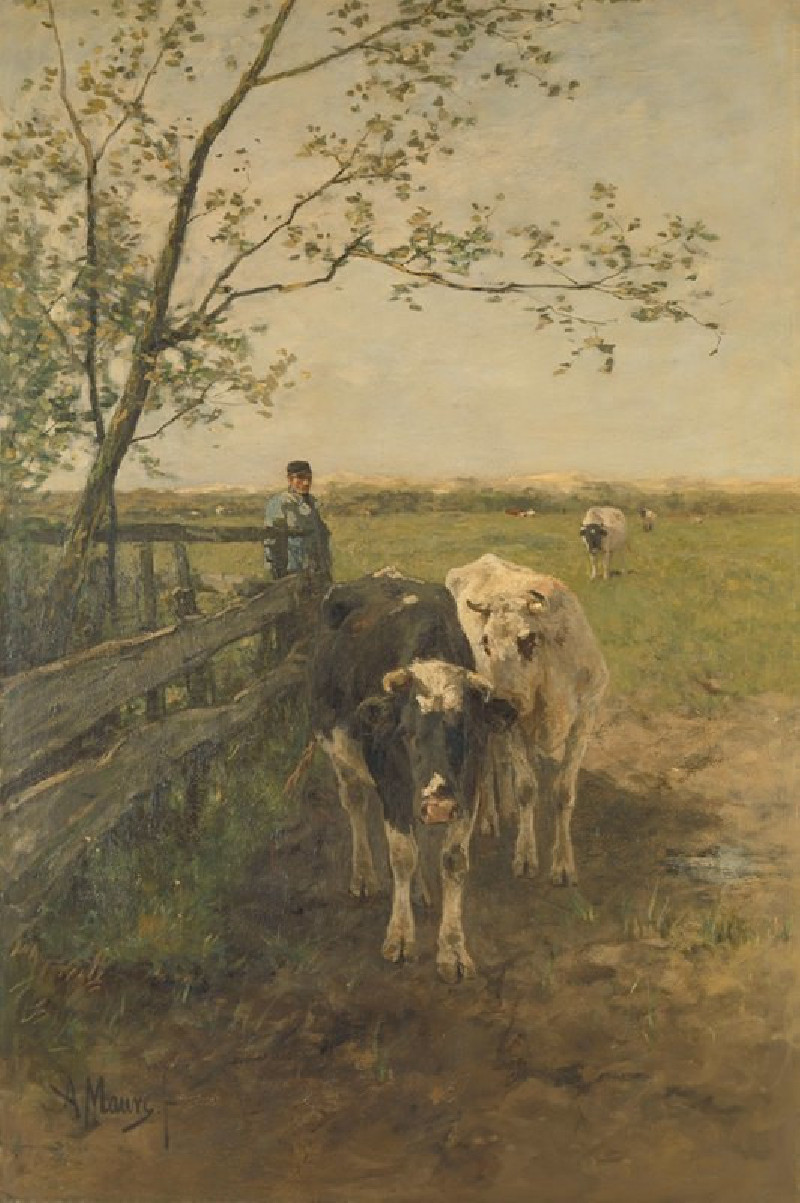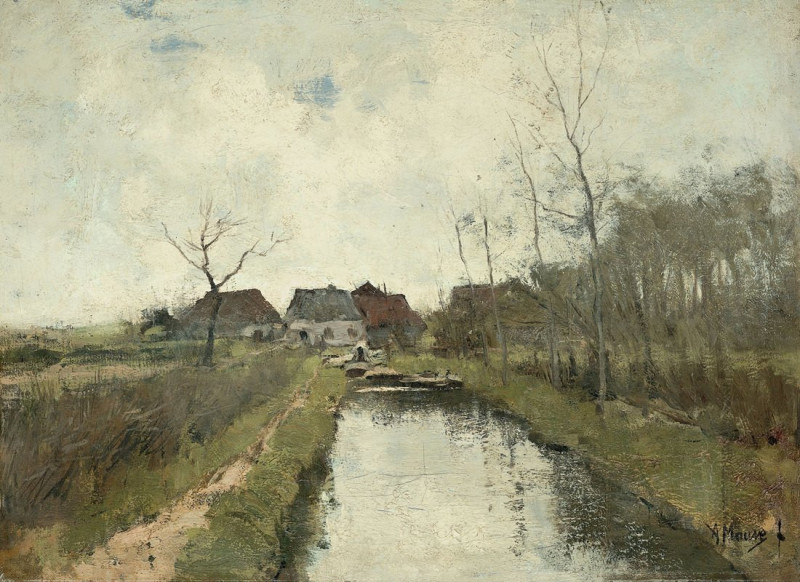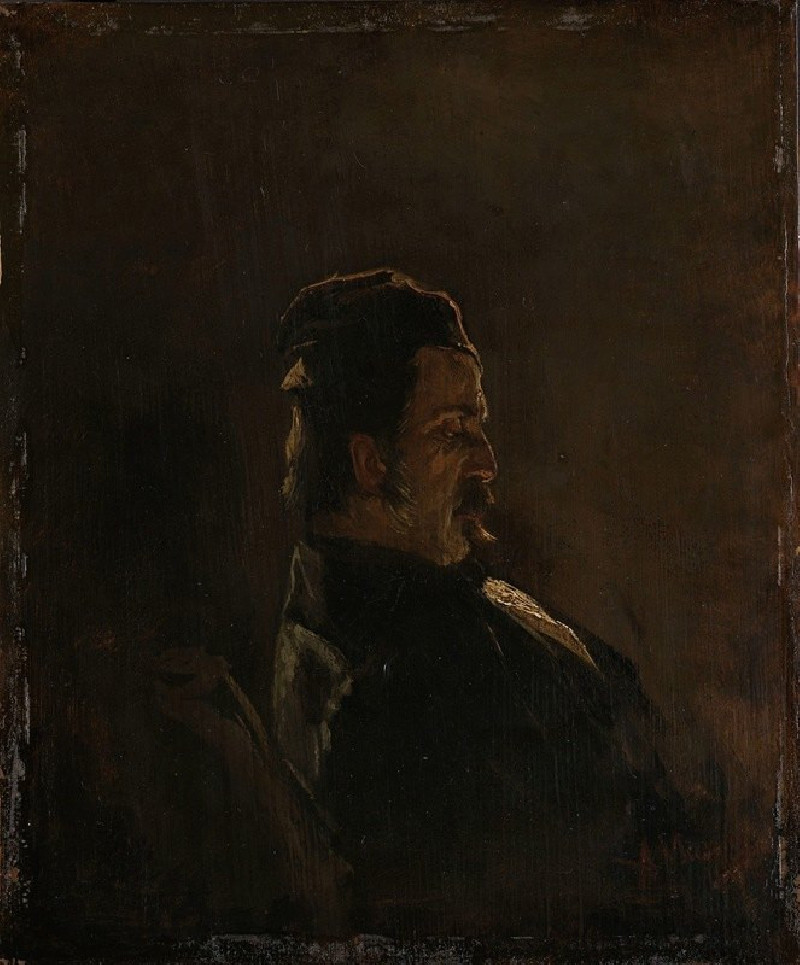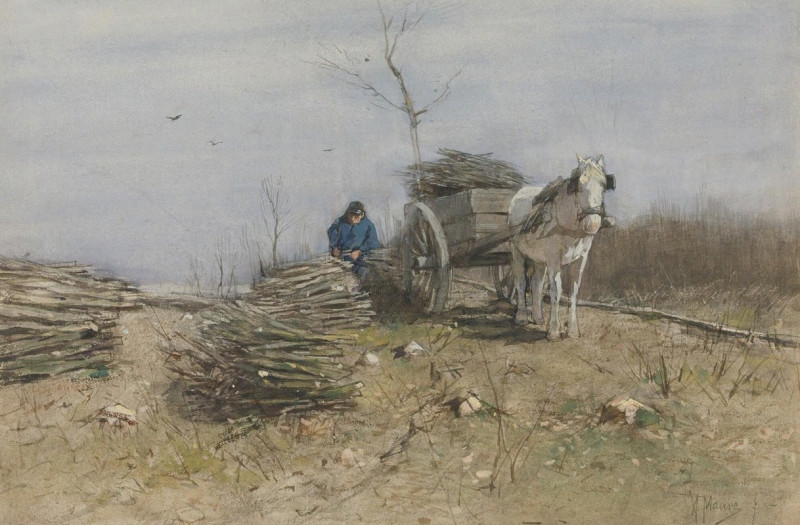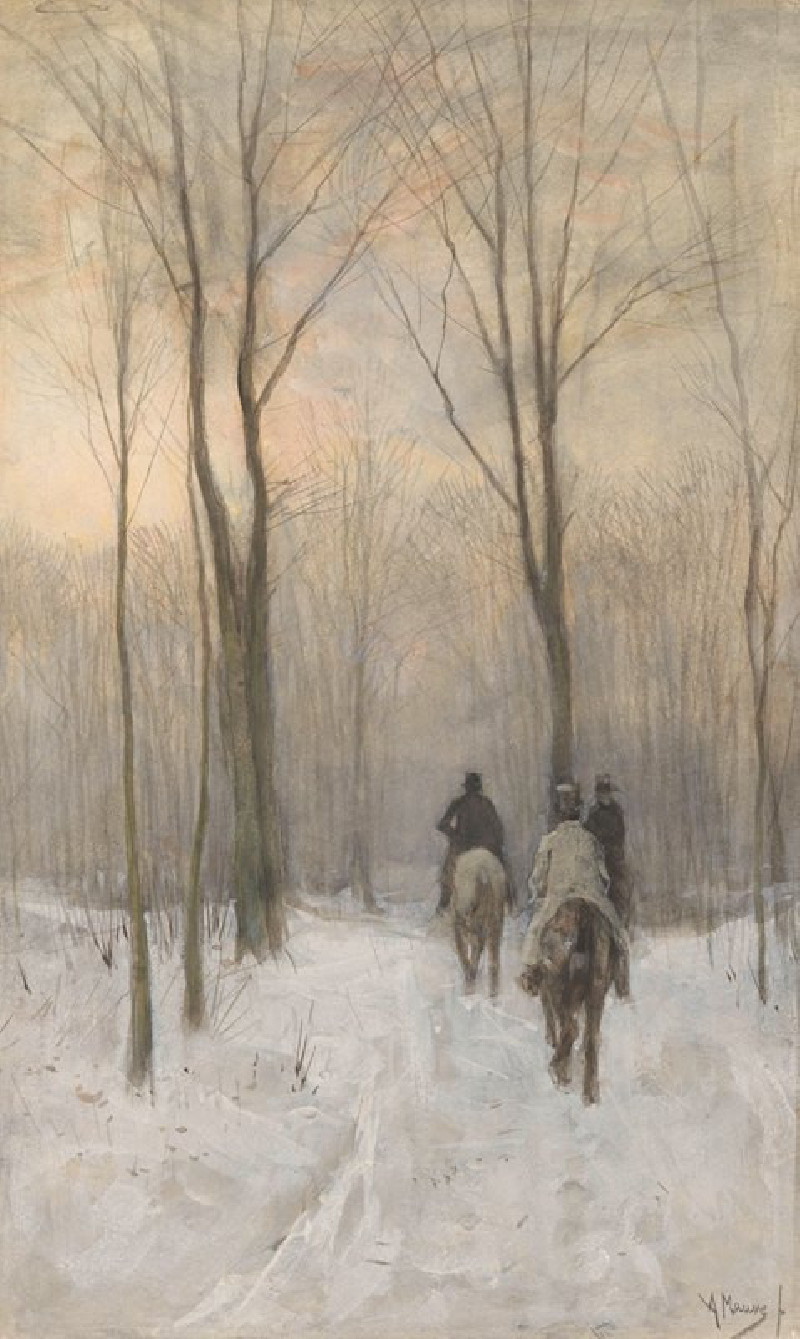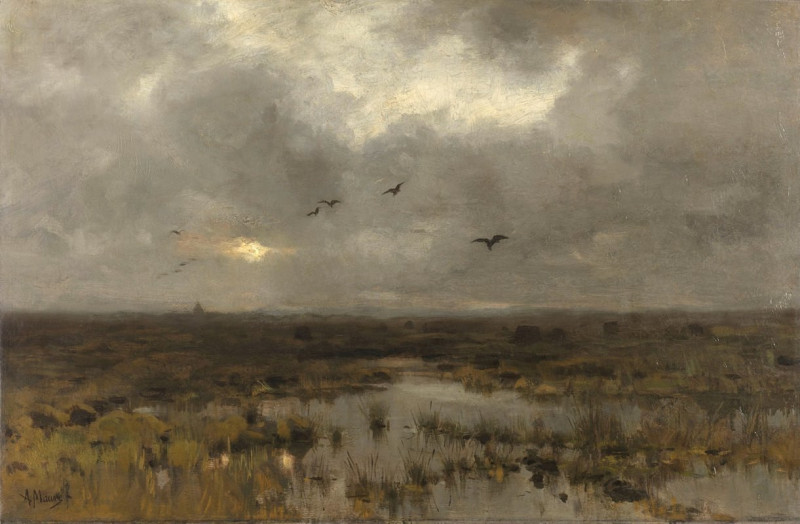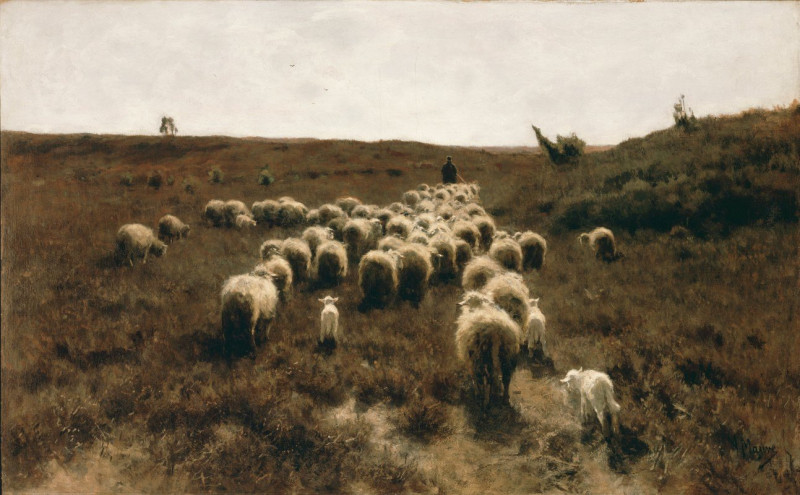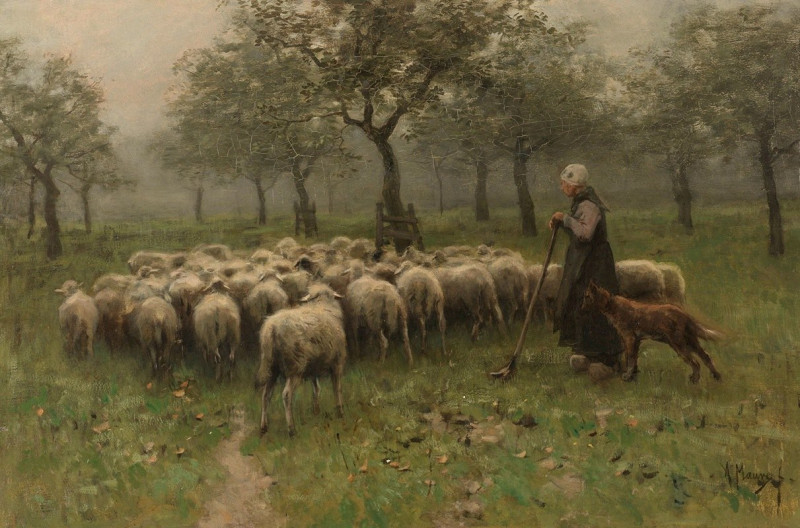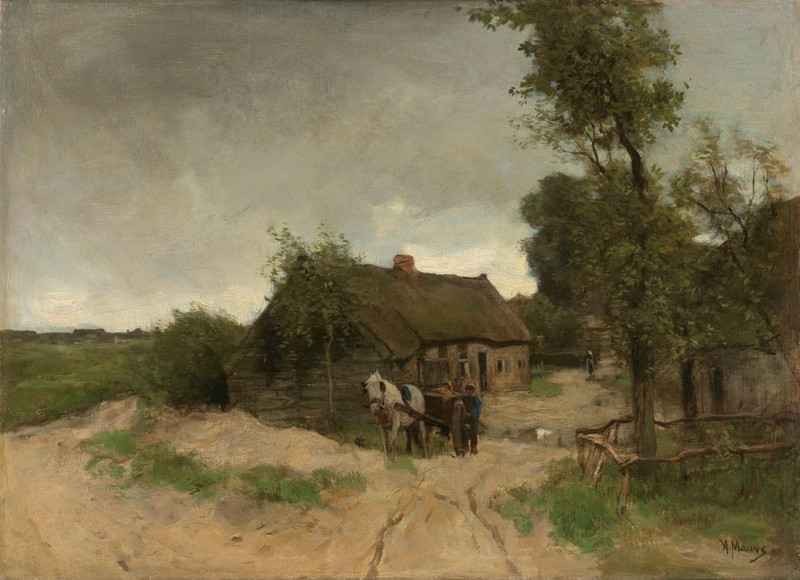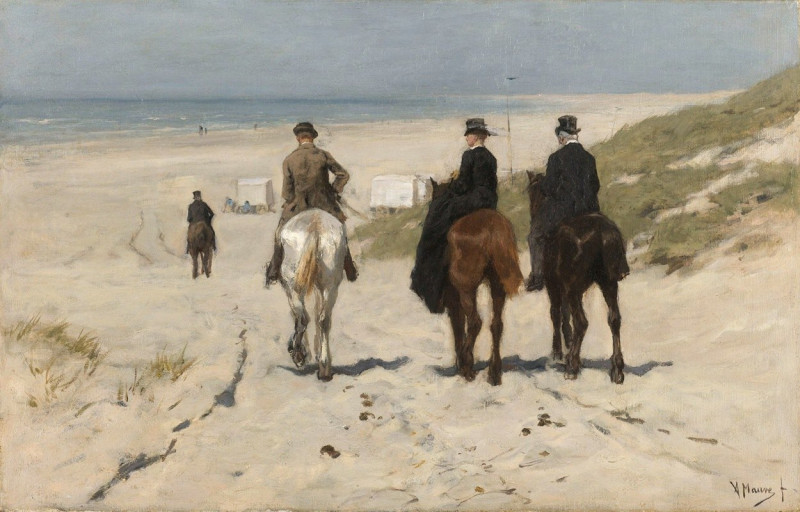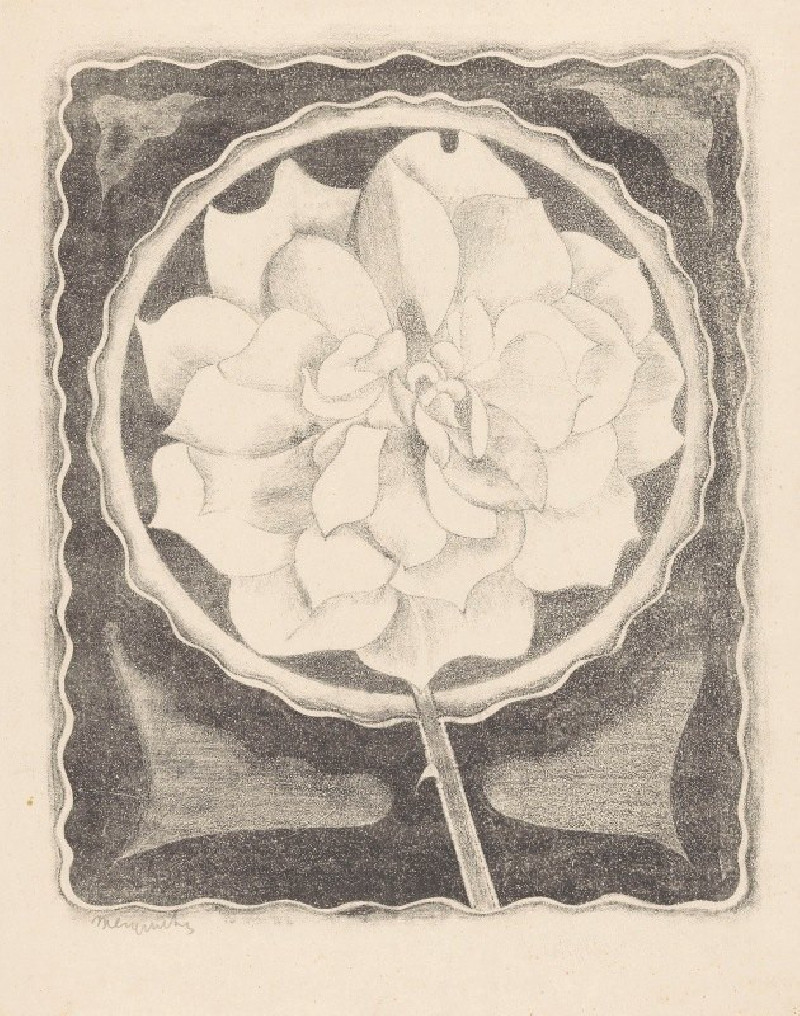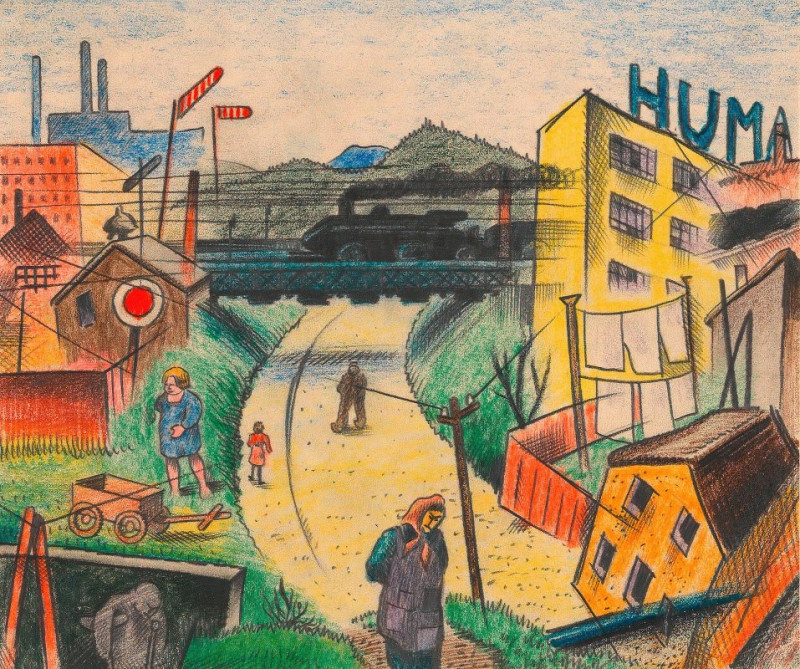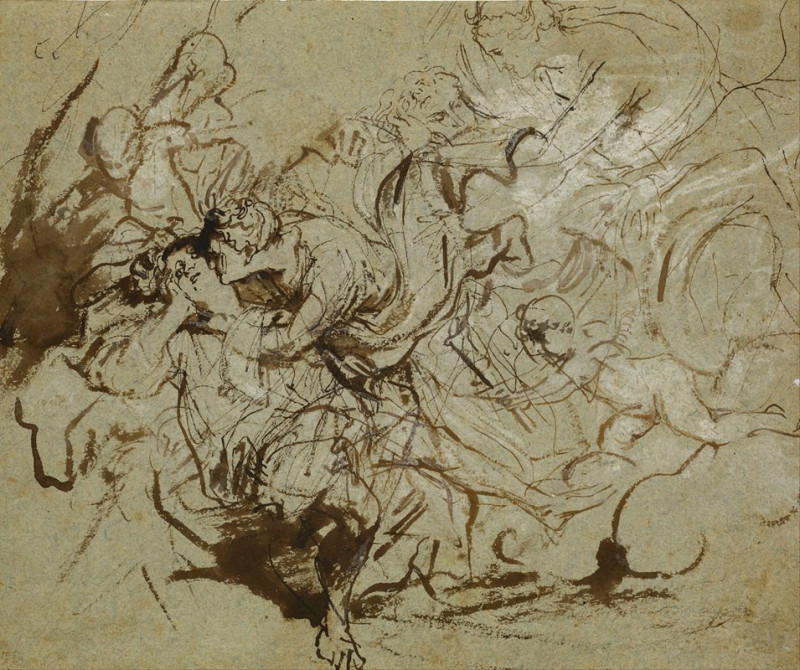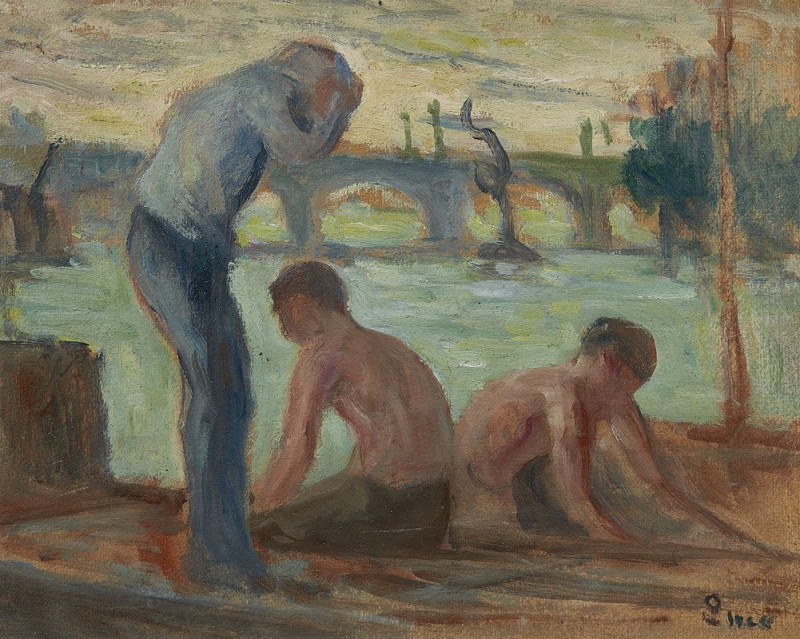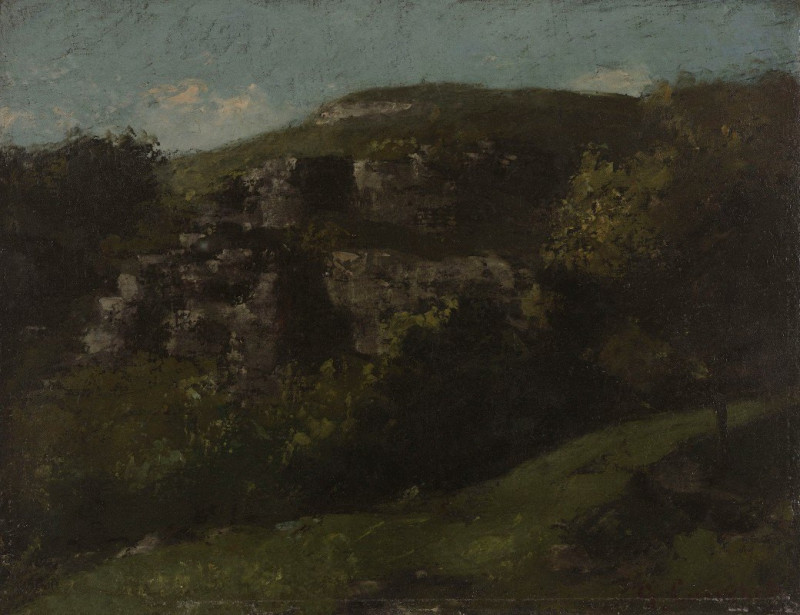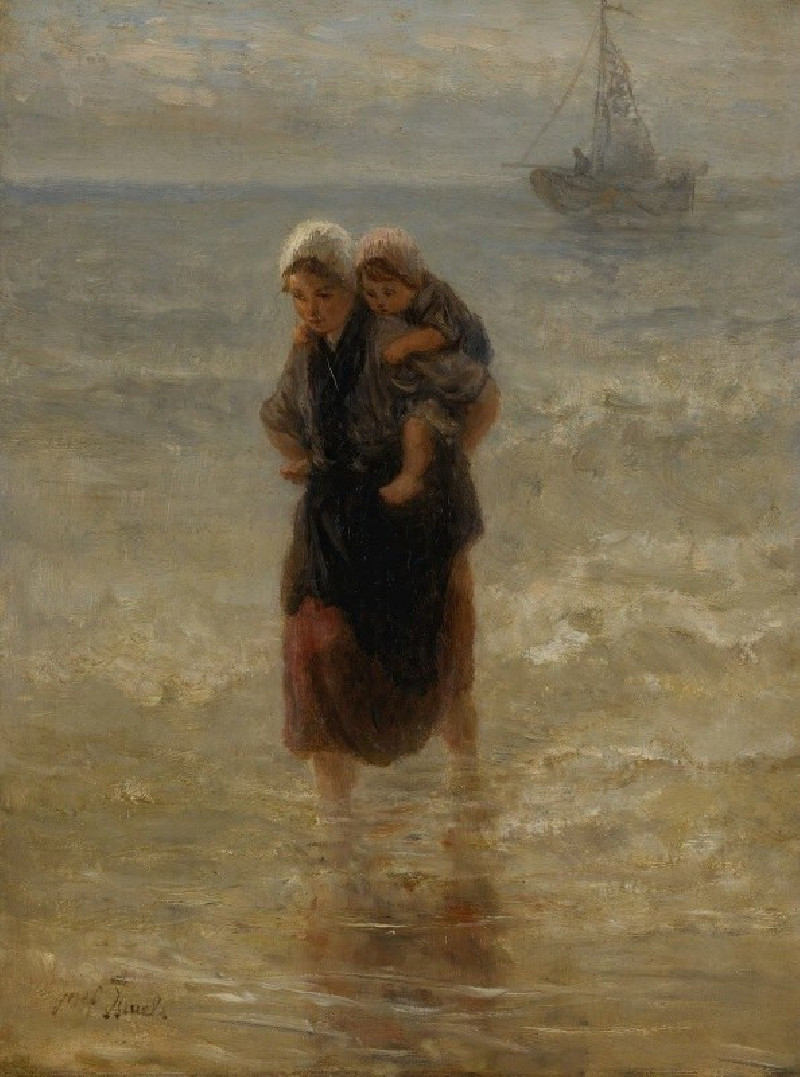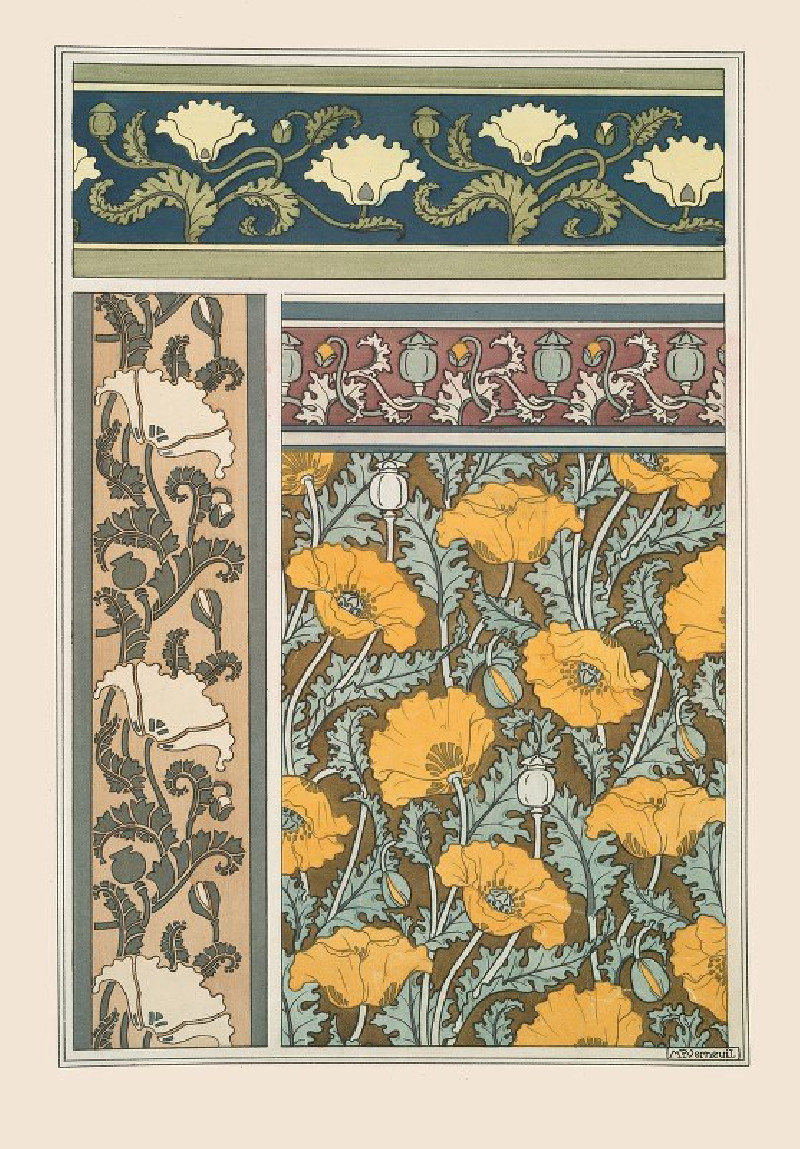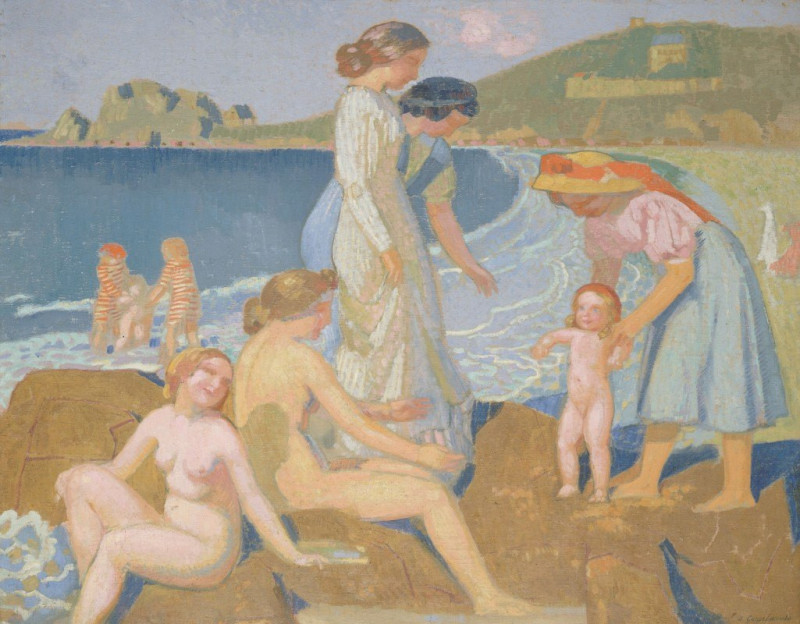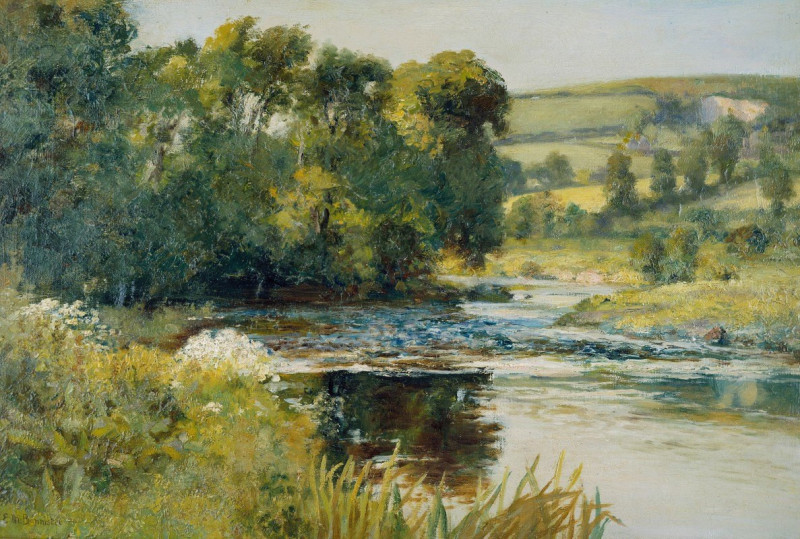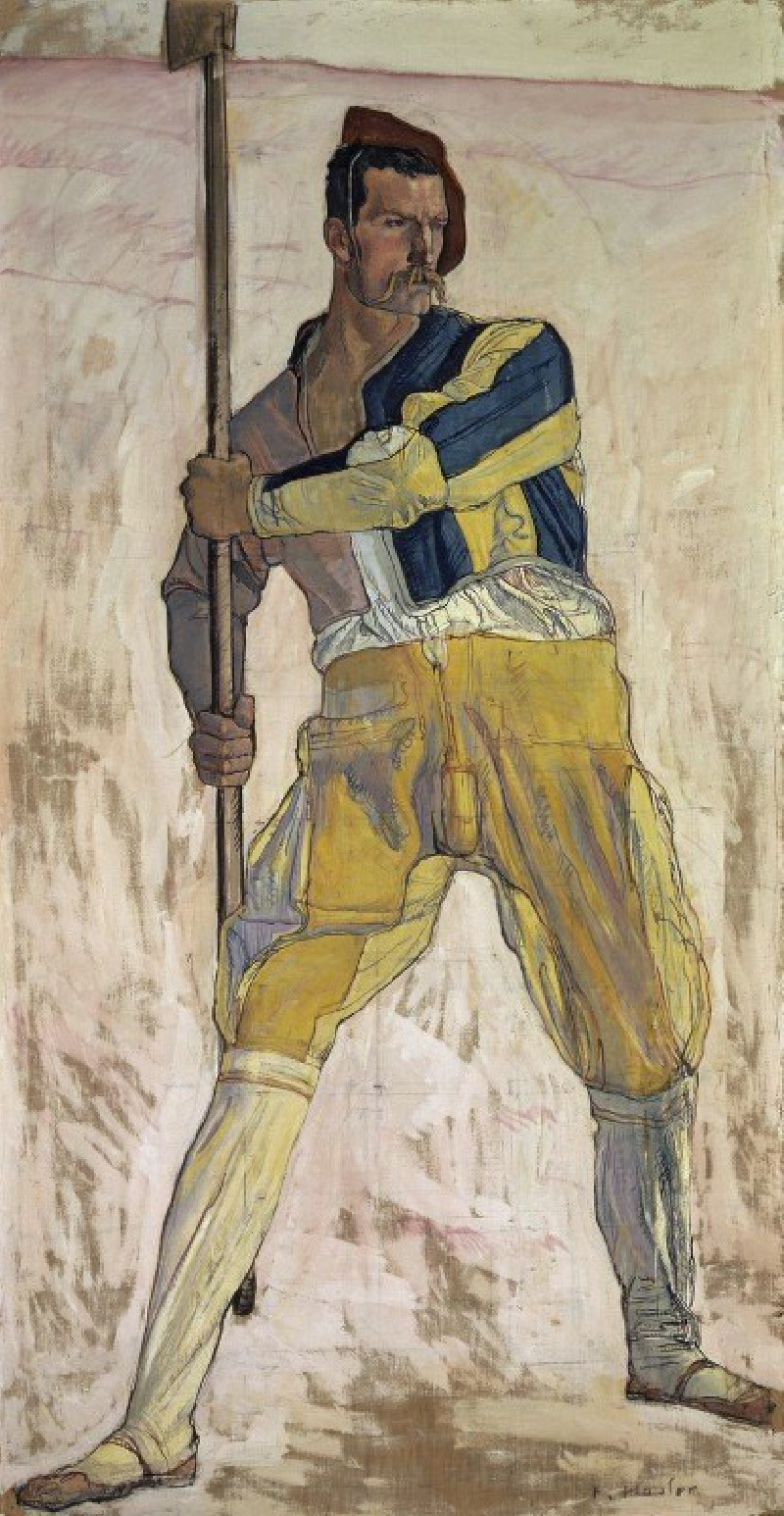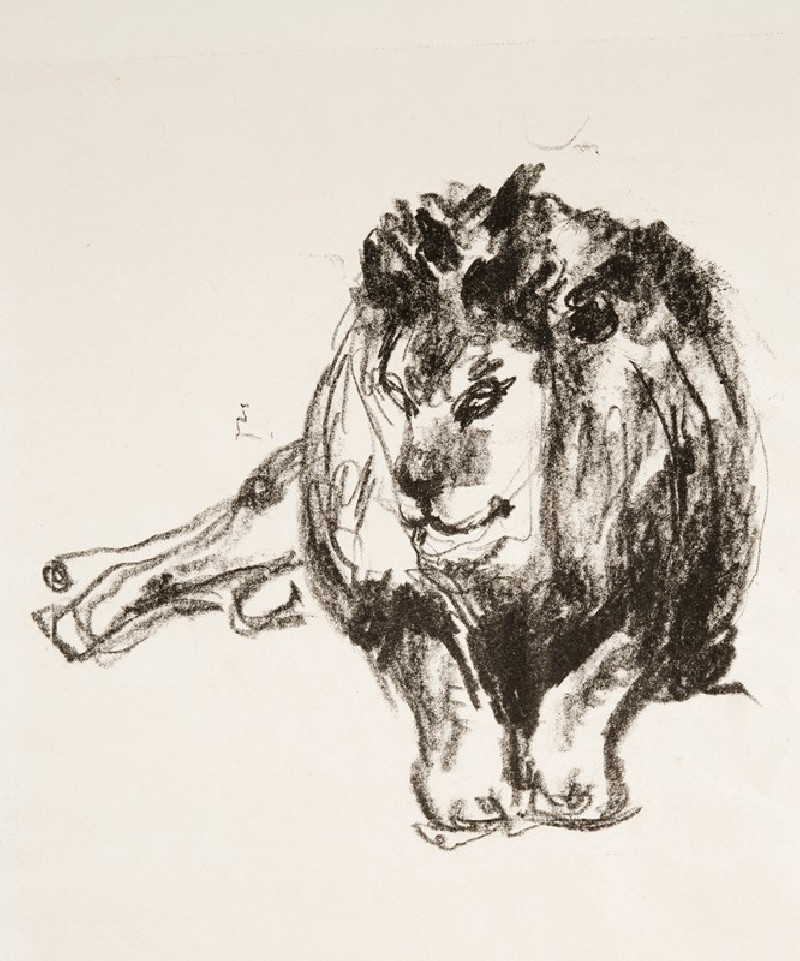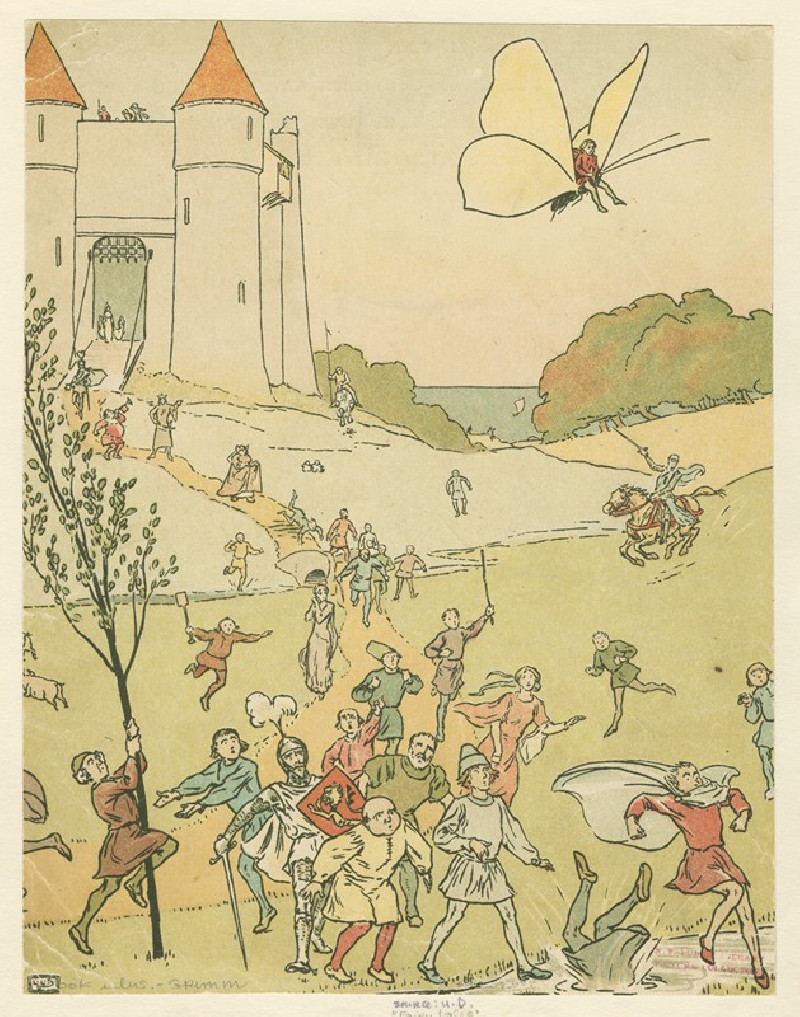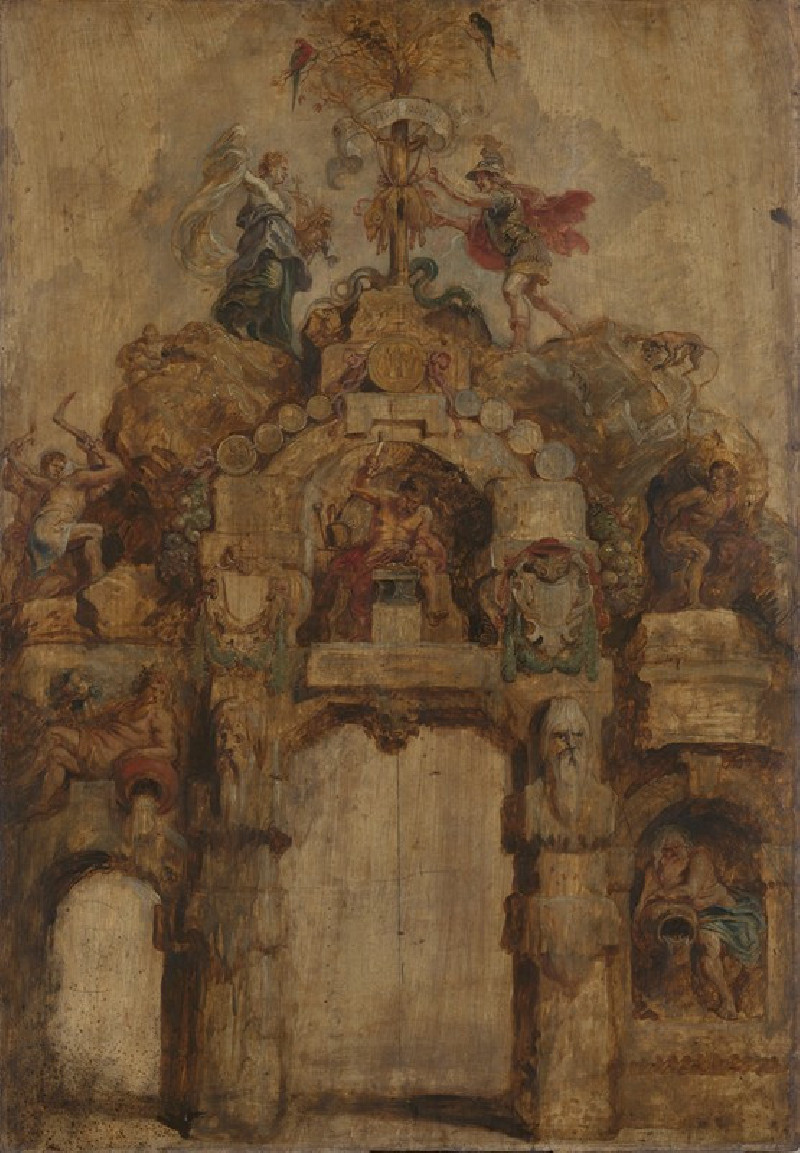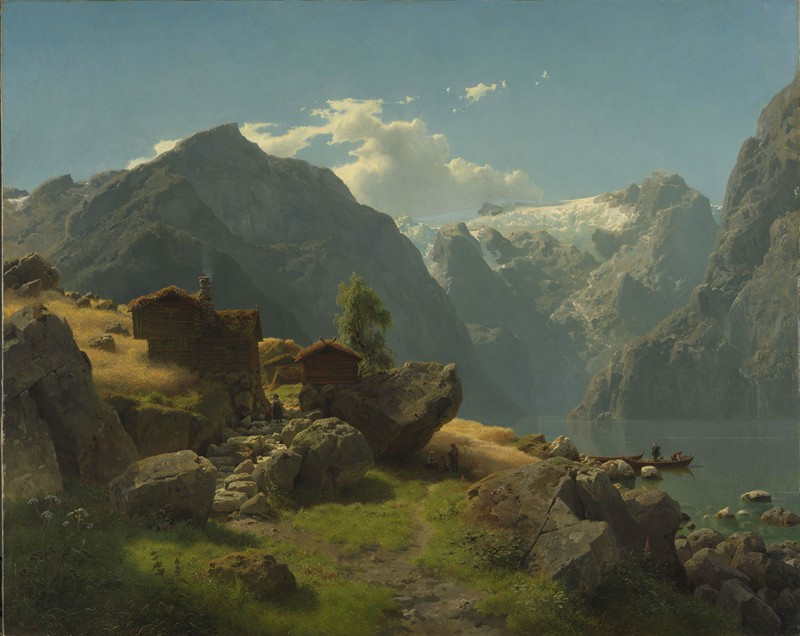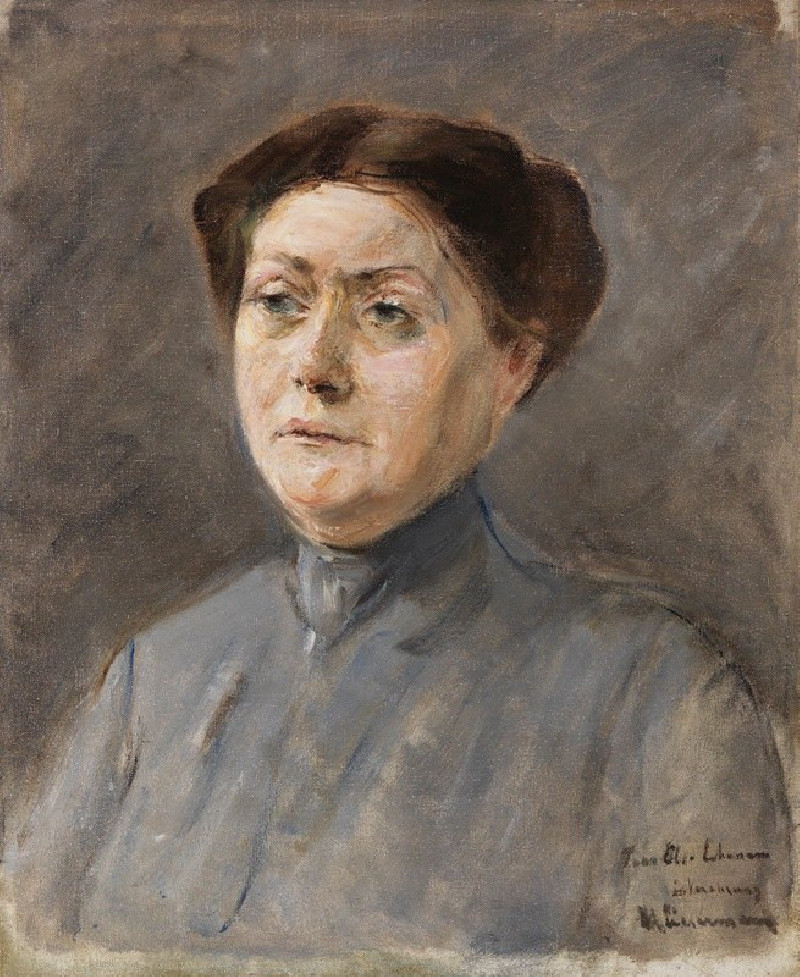Lying Cow (c. 1860 - c. 1888)
Technique: Giclée quality print
Recommended by our customers
More about this artwork
Anton Mauve's painting, "Lying Cow" (c. 1860 - c. 1888), invites viewers into a serene, pastoral moment, capturing the essence of rural life with a quiet, reflective posture. In this remarkable work, Mauve employs his mastery of the Hague School's tonal subtleties, focusing on naturalistic colors and the delicate interplay of light and shadow.The composition centers on a single cow lying on the ground, rendered with an exquisite attention to detail and a profound sense of calm. The cow's rich, dark fur contrasts beautifully with touches of white, creating a striking visual effect against the monochromatic, earthy background. Mauve's technique with brushstrokes skillfully contours the cow's anatomy and the texture of its coat, emphasizing both the physical presence and the gentle nature of the animal.This painting not only demonstrates Mauve's skill as a colorist and his sensitivity to the natural world but also reflects the 19th-century Dutch rural genre painting tradition.
Delivery
Returns
Anthonij "Anton" Rudolf Mauve (18 September 1838 – 5 February 1888) was a Dutch realist painter who was a leading member of the Hague School. He signed his paintings 'A. Mauve' or with a monogrammed 'A.M.'. A master colorist, he was a very significant early influence on his cousin-in-law Vincent van Gogh.
His best-known paintings depict peasants working in the fields. His paintings of flocks of sheep were especially popular with American patrons, so popular that a price differential developed between scenes of "sheep coming" and "sheep going".

